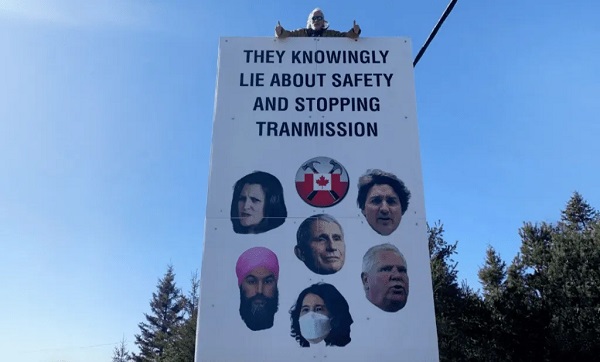Community
Memorandum of Understanding the first step to supporting children and families in the region

Red Deer, February 8, 2018 – Leaders from Central Alberta Child Advocacy Centre (CACAC)
and Red Deer College (RDC) gathered today to sign a Memorandum of Understanding, committing the two organizations to exploring opportunities for how they could best work together to serve children and families in central Alberta.
The Memorandum of Understanding continues the discussions already undertaken between CACAC and RDC. The organizations will continue to research and explore the possibility of two main goals: 1) building a comprehensive child advocacy centre on RDC’s main campus, and 2) working together to explore the development of training, professional development, credit and non-credit education programs and research opportunities related to child advocacy services and education.
For CACAC, which has been collaborating with its partners since first opening its doors on November 29, 2017, discussions with RDC represent another potential partnership opportunity.
“The Central Alberta Child Advocacy Centre has a model of integrative, trauma-informed practice, carried out by our key partners and trained professionals. This model will be the centre of change in how our community deals with child abuse,” says Mark Jones, CEO, Central Alberta Child Advocacy Centre. “Our goal is to become a centre of excellence offering opportunities for advanced education students to be able to learn and develop skills that will help them moving forward in their education and professional careers. Potential collaborations with Red Deer College will provide a promising future in education and demonstrate the role students play in making our society a better place.”
The impact of the work of a child advocacy centre is demonstrated at the Sheldon Kennedy Child Advocacy Centre, located on the University of Calgary campus. Kennedy is supportive of creating a centre in the central Alberta region.
“I see firsthand the need for support, counselling and guidance a Child Advocacy Centre can offer to children, youths and families impacted by child abuse in a community,” says Kennedy, Lead Director of the Sheldon Kennedy Child Advocacy Centre. “I believe the Central Alberta Child Advocacy Centre will, over time, set a new standard for responding to child abuse. This Memorandum of Understanding with Red Deer College will be the initial step in paving the way to becoming a Centre of excellence.”
“From the preliminary discussions between CACAC and RDC, it’s clear there are many areas of shared values and priorities between our two organizations, and we look forward to exploring the opportunities that could come out of these,” says Joel Ward, RDC President &CEO. “Through our potential collaborations, we could support children and families in the region, and we could also provide new opportunities for our students to learn in this important field of child advocacy. While there are still many steps we have to take to plan for and achieve these ultimate goals, we’re excited to work with CACAC to determine what the future could hold.”
About Central Alberta Child Advocacy Centre: The Central Alberta Child Advocacy Centre is a not for profit organization that works in an integrative partnership with the Central Region Child Services, Alberta Health Services, Alberta Justice, Alberta Education and the RCMP to better service children, youth and families impacted by sexual abuse and the most serious/complex cases of physical abuse and neglect. Working collaboratively in a culturally relevant and trauma-informed system, we achieve greater results than any partner could on their own. It blends investigation, treatment, prevention, education and research with expertise to provide an integrated practice approach wrapping around children and always working in the best interests of the child.
About RDC: For over 50 years RDC has been proudly serving our learners and our communities. RDC offers more than 100 different programs (including full degrees, certificates, diplomas and skilled trades programs) to 7,500 full- and part-time credit students and more than 36,000 youth and adult learners in the School of Continuing Education each year. Named by Alberta Venture magazine as one of Alberta’s most innovative organizations for the Centre for Innovation in Manufacturing, RDC is a key location for applied and industry-led research. Our main campus is strategically situated on 290 acres of Alberta’s natural landscape along Queen Elizabeth II Highway. We have also expanded our learning and performing arts space into the heart of downtown Red Deer through our Welikoklad Event Centre and the Donald School of Business.
Community
Support local healthcare while winning amazing prizes!

|
|
|
|
|
|
|
Community
SPARC Caring Adult Nominations now open!

Check out this powerful video, “Be a Mr. Jensen,” shared by Andy Jacks. It highlights the impact of seeing youth as solutions, not problems. Mr. Jensen’s patience and focus on strengths gave this child hope and success.
👉 Be a Mr. Jensen: https://buff.ly/8Z9dOxf
Do you know a Mr. Jensen? Nominate a caring adult in your child’s life who embodies the spirit of Mr. Jensen. Whether it’s a coach, teacher, mentor, or someone special, share how they contribute to youth development. 👉 Nominate Here: https://buff.ly/tJsuJej
Nominate someone who makes a positive impact in the live s of children and youth. Every child has a gift – let’s celebrate the caring adults who help them shine! SPARC Red Deer will recognize the first 50 nominees. 💖🎉 #CaringAdults #BeAMrJensen #SeePotentialNotProblems #SPARCRedDeer
s of children and youth. Every child has a gift – let’s celebrate the caring adults who help them shine! SPARC Red Deer will recognize the first 50 nominees. 💖🎉 #CaringAdults #BeAMrJensen #SeePotentialNotProblems #SPARCRedDeer
-

 Business2 days ago
Business2 days agoOttawa Funded the China Ferry Deal—Then Pretended to Oppose It
-
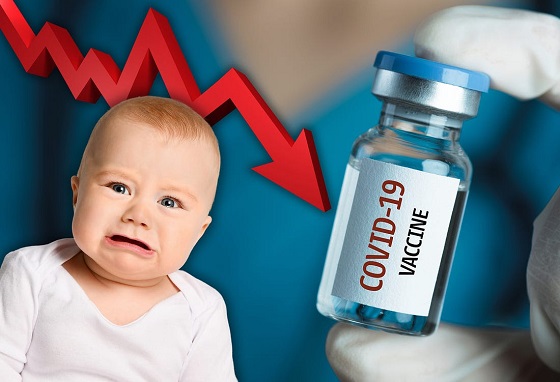
 COVID-192 days ago
COVID-192 days agoNew Peer-Reviewed Study Affirms COVID Vaccines Reduce Fertility
-

 MAiD2 days ago
MAiD2 days agoCanada’s euthanasia regime is not health care, but a death machine for the unwanted
-
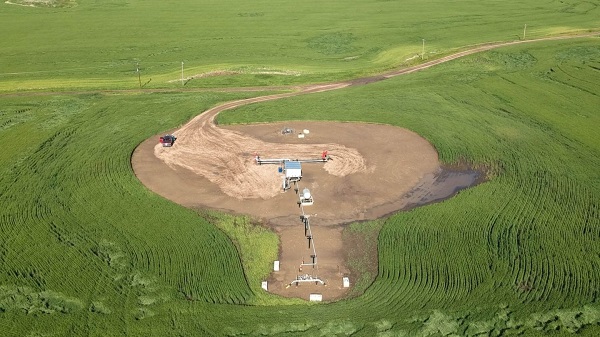
 Alberta2 days ago
Alberta2 days agoThe permanent CO2 storage site at the end of the Alberta Carbon Trunk Line is just getting started
-

 Business1 day ago
Business1 day agoWorld Economic Forum Aims to Repair Relations with Schwab
-
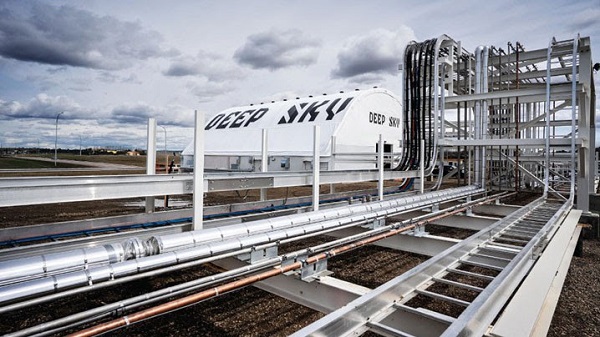
 Alberta1 day ago
Alberta1 day agoAlberta’s government is investing $5 million to help launch the world’s first direct air capture centre at Innisfail
-
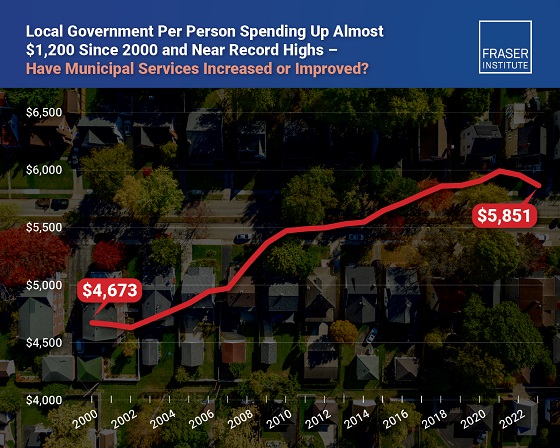
 Business2 days ago
Business2 days agoMunicipal government per-person spending in Canada hit near record levels
-

 Business1 day ago
Business1 day agoA new federal bureaucracy will not deliver the affordable housing Canadians need







